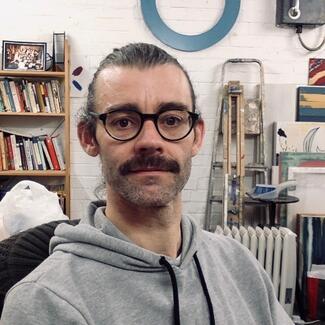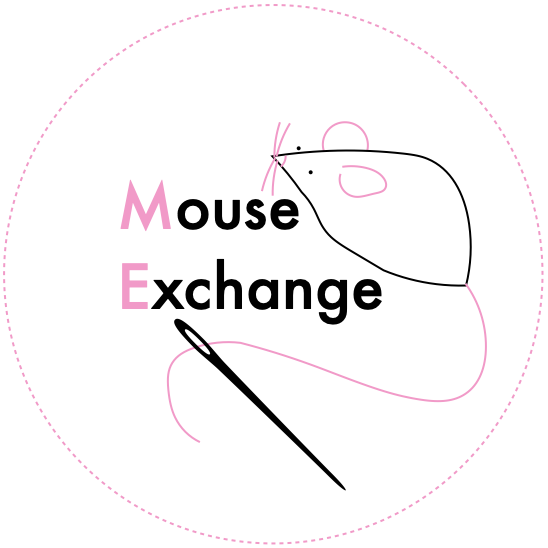Sourcing animals
Relevant, tagged site content:
Engagement Activities
The Mouse Exchange is a public engagement activity where we invite small groups of members of the public to “
Publications
This paper explores what happens to care, and decisions about ending and extending life, when research animals become pets and pets become research animals. To do this, we draw on in- depth qualitative research on (i) rehoming of laboratory animals, (ii) veterinary clinical research, and (iii) the role of the Named Veterinary Surgeon (NVS) in UK animal research. Key contributions of our work include highlighting: how care roles can be split; the impor- tance of considering speculative and in-practice elements of care; the context-dependency and multiplicity of practices of killing in the veterinary clinic and laboratory; and the flexibility and changing nature of animal categories.
Endotoxins are bacterial components that can cause systemic toxicity if they enter the mammalian blood stream.
This poster discusses the management of animal numbers in our research examining the breeding, supply, and biobanking of lab animals within the economies of biomedical science.
Blog entry
In part 1 of this blog series, we introduced the idea of a ‘spectrum of visibility’ in animal research, with
There is no qualitative research into public understanding of the origins of research animals, which is a particular area of interest for the Markets and Materials strand.
Announcements
We are so delighted to announce that the Mouse Exchange has been recognised for its public engagement work by winning the 7th Annual Openness Awards, awarded by the Concorda
Project partners

Paul is an interdisciplinary researcher and artist, with an interest in nonhuman animals, performance and public engagement.







